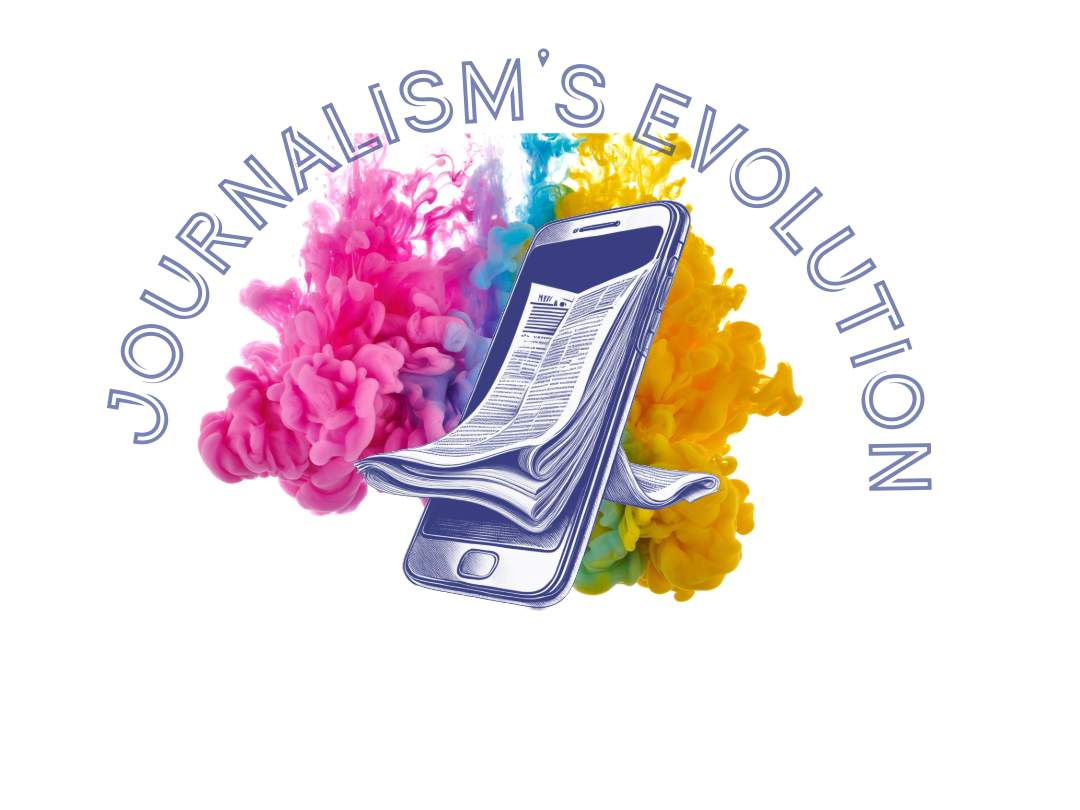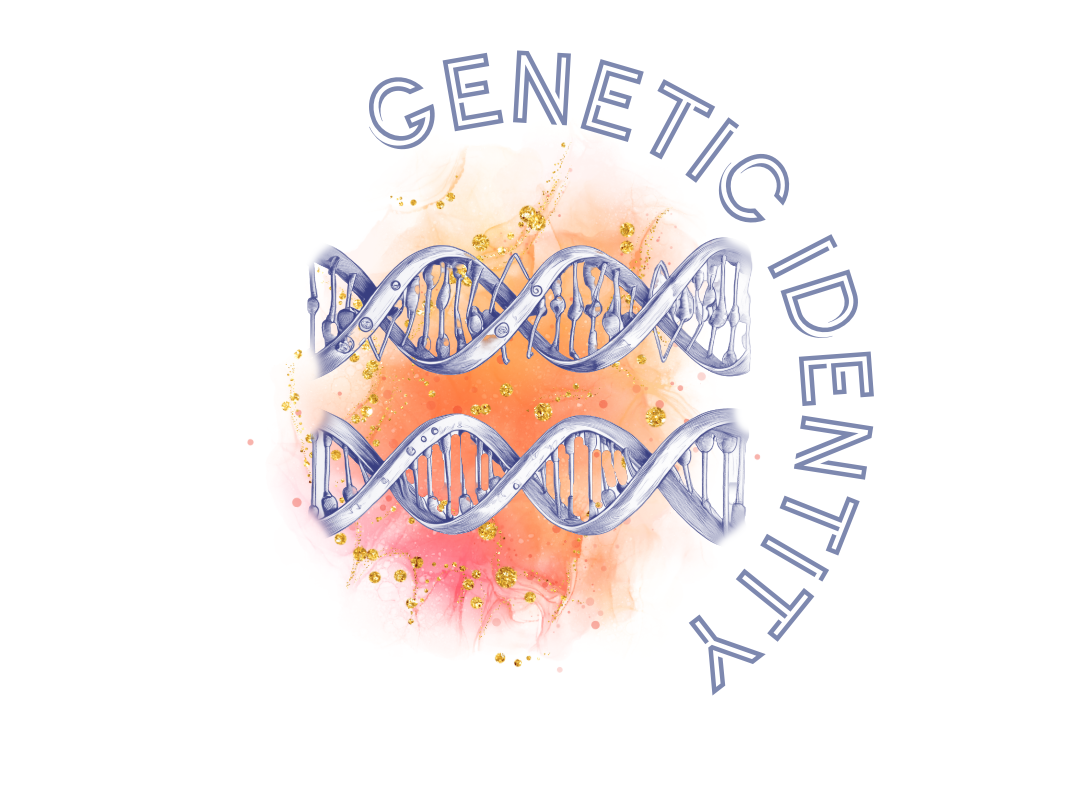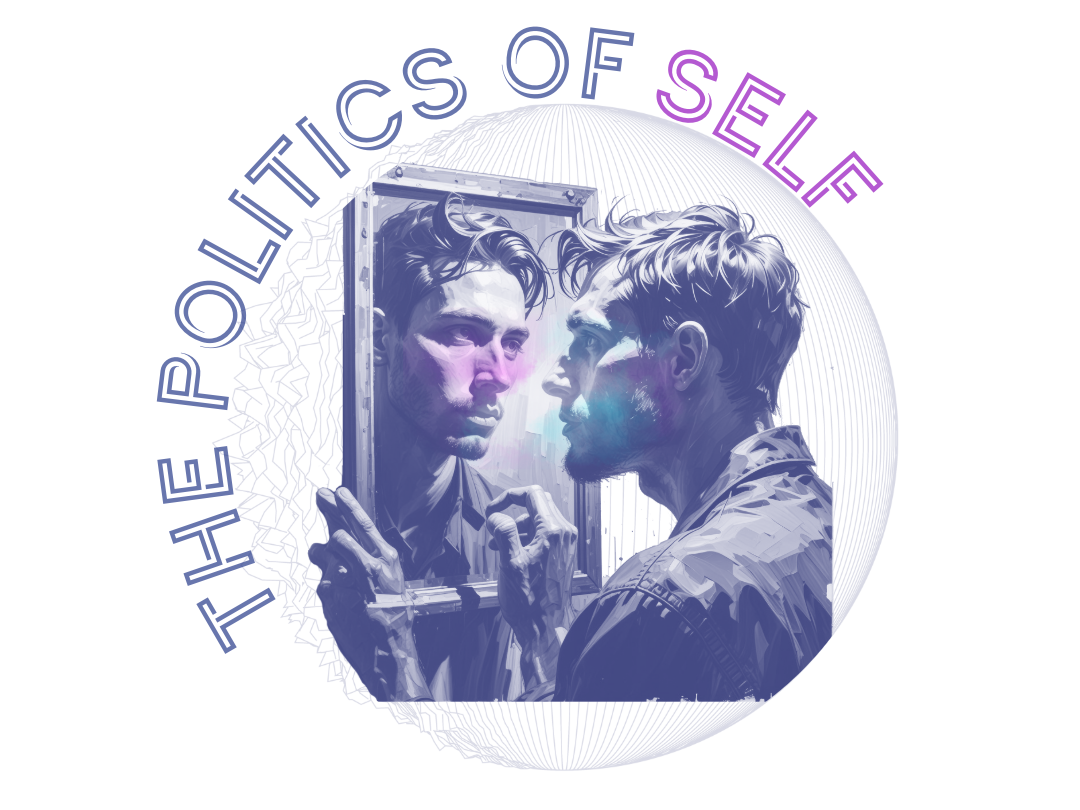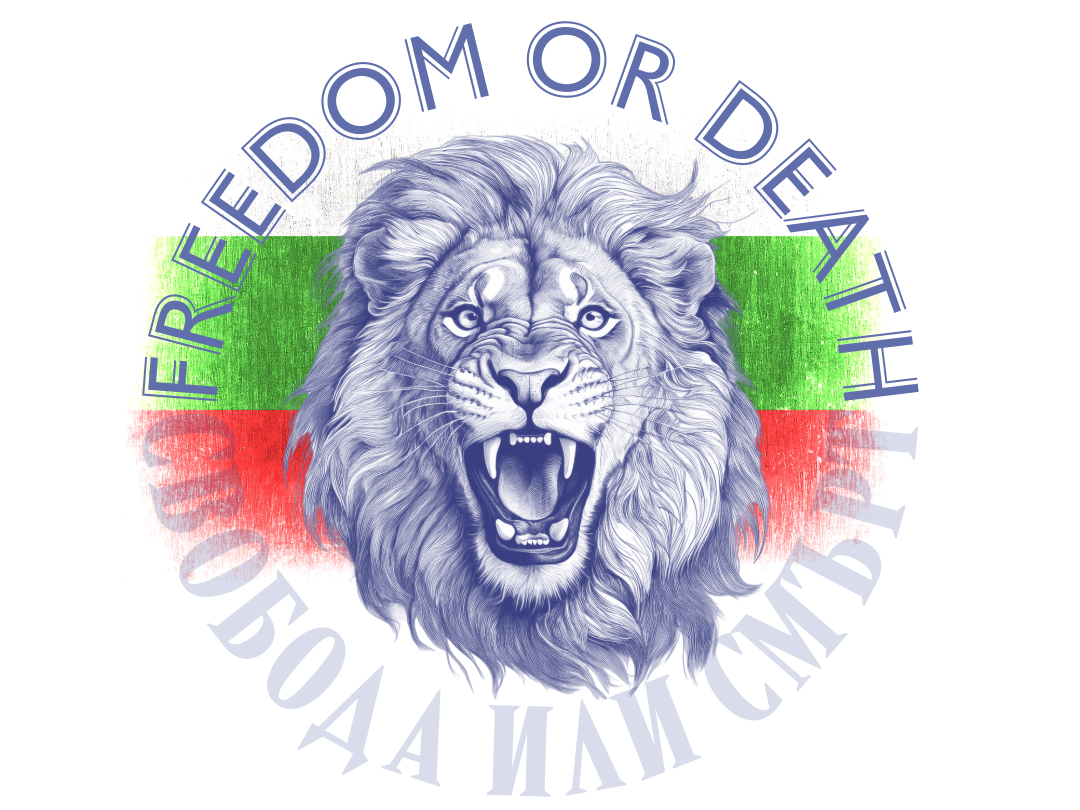A Closer Look
November 30, 2024
Cultural appropriation is a term that has sparked heated debates across social, political, and artistic spheres. At its core, the concept refers to the adoption of elements from one culture by members of another, often in ways deemed exploitative, disrespectful, or disconnected from their original context. But the controversy lies not in the act of borrowing itself—after all, cultural exchange is as old as humanity—but in the power dynamics, intentions, and consequences surrounding these exchanges.
A Complex Definition
Cultural appropriation goes beyond wearing traditional clothing, adopting hairstyles, or engaging with another culture’s music. Scholars like Susan Scafidi define it as the “taking of intellectual property, traditional knowledge, cultural expressions, or artifacts from another culture without permission.” Critics argue that when members of dominant groups appropriate from marginalized cultures, it often perpetuates stereotypes, erases cultural significance, or commodifies traditions for profit.
For example, Keziah Daum, a high school senior, ignited a social media storm in 2018 when she wore a Chinese qipao to prom. While some praised her for appreciating Chinese culture, others accused her of reducing a meaningful cultural symbol to a fashion statement. Similarly, cultural backlash has been aimed at pop stars for donning traditional Indian attire or hairstyles like cornrows, often without acknowledging the cultural or historical significance of these elements.
Power Dynamics and Historical Context
At the heart of the controversy is the issue of power imbalance. When dominant groups appropriate cultural symbols from historically oppressed or colonized communities, it can echo the dynamics of exploitation. For example, Black Americans have long criticized the appropriation of African-American music and hairstyles, pointing to the disparity where White artists profit from these traditions while Black creators often face discrimination for the same expressions.
The historical context matters deeply. For Indigenous communities, such as Native Americans, the use of sacred symbols in sports team logos, Halloween costumes, or festival headdresses evokes painful memories of cultural erasure and colonial violence. The Washington Redskins logo, while celebrated by some as honoring Native heritage, has also been condemned as a racial slur. The debate highlights a divide even within Indigenous communities, with some viewing it as a symbol of pride and others as a painful reminder of oppression.
When Appreciation Becomes Appropriation
A major point of contention is determining where cultural appreciation ends and appropriation begins. Does enjoying sushi or wearing a sari inherently constitute appropriation? Not necessarily. Many argue that genuine appreciation involves understanding, respecting, and crediting the source culture. However, appropriation often occurs when cultural symbols are divorced from their original meaning and used for aesthetic or commercial purposes, such as in the fashion industry or Hollywood.
For instance, critics of the Disney live-action remake of The Little Mermaid argue that changing the race of Ariel is an act of tokenism rather than genuine representation, as it bypasses the opportunity to highlight authentic Black cultural narratives. Similarly, Gordon Ramsay’s “Asian-inspired” restaurants have been accused of exploiting Asian cuisines while failing to reflect the cultures and labor that shaped those dishes.
Cancel Culture and the Weaponization of Cultural Appropriation
Cancel culture has further intensified the controversy. Public figures accused of cultural appropriation often face online shaming, boycotts, or career setbacks. While accountability is essential, critics argue that cancel culture can be overly punitive, discouraging genuine cultural engagement out of fear of backlash. The line between holding people accountable and stifling creativity becomes increasingly blurred in these scenarios.
For example, the rebranding of Uncle Ben’s to Ben’s Original™ sparked mixed reactions. Supporters viewed it as a step toward eliminating racial stereotypes, while detractors felt it erased a positive representation of a Black man in branding. Similarly, the outrage over the Washington Redskins name change has seen pushback from those who view it as a form of cultural erasure rather than progress.
A Globalized World: Crossroads of Exchange and Division
The controversy of cultural appropriation is particularly pronounced in today’s globalized world, where cross-cultural exchanges are inevitable. Social media has made it easier for people to borrow from other cultures but also to critique those who do so without care. What complicates matters is that globalization has made cultures less distinct, blending them in ways that blur the lines between appropriation, appreciation, and hybridization.
Critics of the appropriation discourse, like Brian Morton, argue that focusing too much on these issues can inadvertently inhibit cultural exchange and artistic freedom. Others, like Ralph Ellison, celebrate the blending of cultures as a hallmark of American identity, noting that appropriation has historically contributed to cultural innovation rather than destruction.
Moving Forward: Toward a Collaborative Future
The controversy surrounding cultural appropriation will not be resolved overnight. As societies grapple with these issues, the focus should shift from assigning blame to fostering collaboration and mutual respect. By promoting education, dialogue, and accountability, we can move toward a world where cultures are celebrated, not commodified—shared, not exploited.
The challenge remains: How do we honor the roots of cultural traditions while allowing for the creativity and evolution that make culture dynamic? It is a question we must confront with nuance, empathy, and a commitment to inclusivity.
_________________________
Curious to dive deeper into the history, debates, and solutions surrounding cultural appropriation? Read the full research paper for a critical exploration of how we can embrace cultural diversity while honoring its roots.
_________________________
Copyright Notice & Intellectual Property Rights
This article is the intellectual property of Vesselina Davenport and is protected by copyright law. All content, including text, analysis, and multimedia, is owned by the author unless otherwise indicated. Unauthorized reproduction, distribution, or transmission of any portion of this article is strictly prohibited without prior written consent from the author, except in cases of non-commercial use permitted under fair use provisions.
Citations and Sources
This article incorporates references from publicly accessible information, academic research, and primary sources to provide a comprehensive and balanced perspective on cultural appropriation. Key references include:
• Mosley, A. J., & Biernat, M. (2021). The new identity theft: Perceptions of cultural appropriation in intergroup contexts.
• Cattien, J., & Stopford, R. J. (2021). The appropriating subject: Cultural appreciation, property, and entitlement.
• Christy, A. E. (1945). The Asian legacy and American life.
• Discussions on Uncle Ben’s rebranding (X.com and Facebook debates).
• Morton, B. (2020). All Shook Up: The Politics of Cultural Appropriation, Dissent Magazine.
Complete citations are available in the full research document for detailed verification. If you reference this article, kindly attribute it to the original author and link back to the full content.
Fair Use Disclaimer
Any third-party quotes, excerpts, or materials included in this article are used for educational and informational purposes under the fair use doctrine. All third-party content remains the property of its respective copyright holders.
Permission for Reuse
Portions of this article may be shared or quoted with appropriate credit to the author and a link to the original content. Any commercial use or modifications require prior written consent from the author.
Article Updates
This article may be periodically revised. Updates or modifications will be reflected on this page. Please check back to access the most current version.
All Rights Reserved | Vesselina Davenport | 2024




